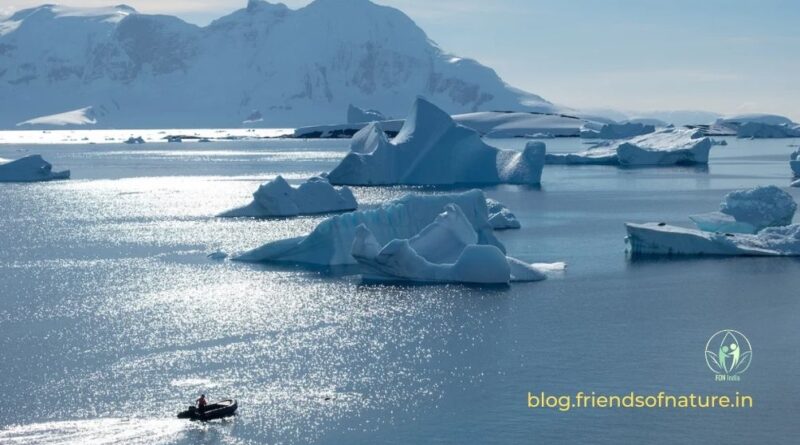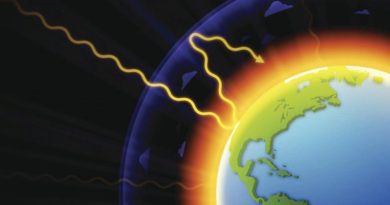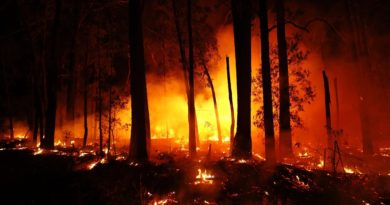Third of Antarctic ice shelves ‘will collapse amid 4C global heating’
A new study is shedding light on just how much ice could be lost around Antarctica if the international community fails to urgently rein in planet-heating emissions, bolstering arguments for bolder climate policies.
The study, published in the journal Geophysical Research Letters, found that over a third of the area of all Antarctic ice shelves — including 67% of area on the Antarctic Peninsula — could be at risk of collapsing if global temperatures soar to 4°C above pre-industrial levels.
Ice shelves are permanent floating platforms of ice attached to areas of the coastline and are formed where glaciers flowing off the land meet the sea.
“Ice shelves are important buffers preventing glaciers on land from flowing freely into the ocean and contributing to sea level rise,” explained Ella Gilbert, the study’s lead author, in a statement. “When they collapse, it’s like a giant cork being removed from a bottle, allowing unimaginable amounts of water from glaciers to pour into the sea.”
Gilbert and co-author Christoph Kittel of Belgium’s University of Liège conclude that limiting global temperature rise to 2°C rather than 4°C would cut the area at risk in half.
As part of their modelling study, the researchers also identified Larsen C, the largest remaining ice shelf on the peninsula, as being particularly at risk in a warmer climate. They said other ice shelves facing this threat included Shackleton, Pine Island, and Wilkins.
While the 2015 Paris climate agreement aims to keep temperature rise “well below” 2°C, with a more ambitious 1.5°C target, current emissions reduction plans are dramatically out of line with both goals, according to a United Nations analysis.
The researchers warn that Larsen C—the largest remaining ice shelf on the Antarctic peninsula—as well as the Shackleton, Pine Island, and Wilkins ice shelves are most at risk under 4°C of warming because of their geography and runoff predictions.
Previous research has given the scientists the bigger picture in terms of predicting Antarctic ice shelf decline.
However, the new study uses the latest modelling techniques to fill in the finer detail and provide more precise projections.
“If temperatures continue to rise at current rates, we may lose more Antarctic ice shelves in the coming decades,” Ms. Gilbert added.




